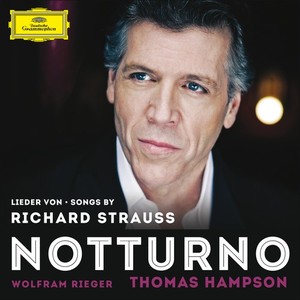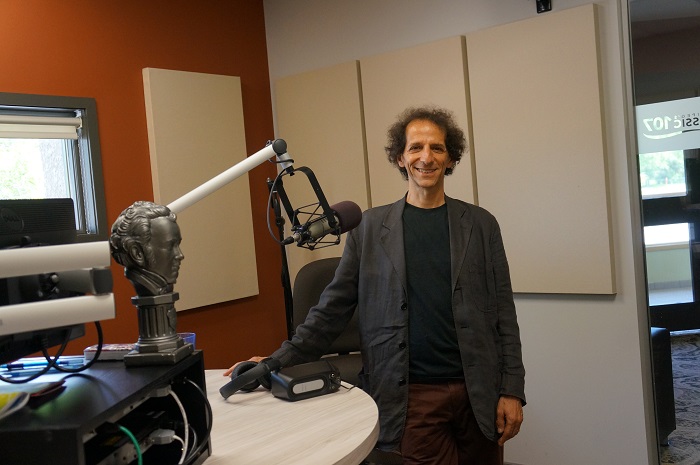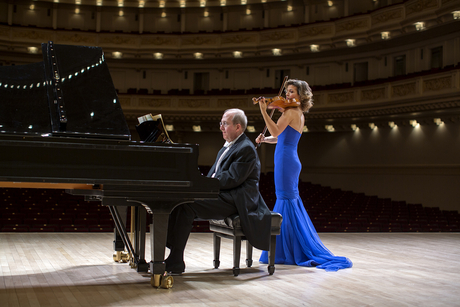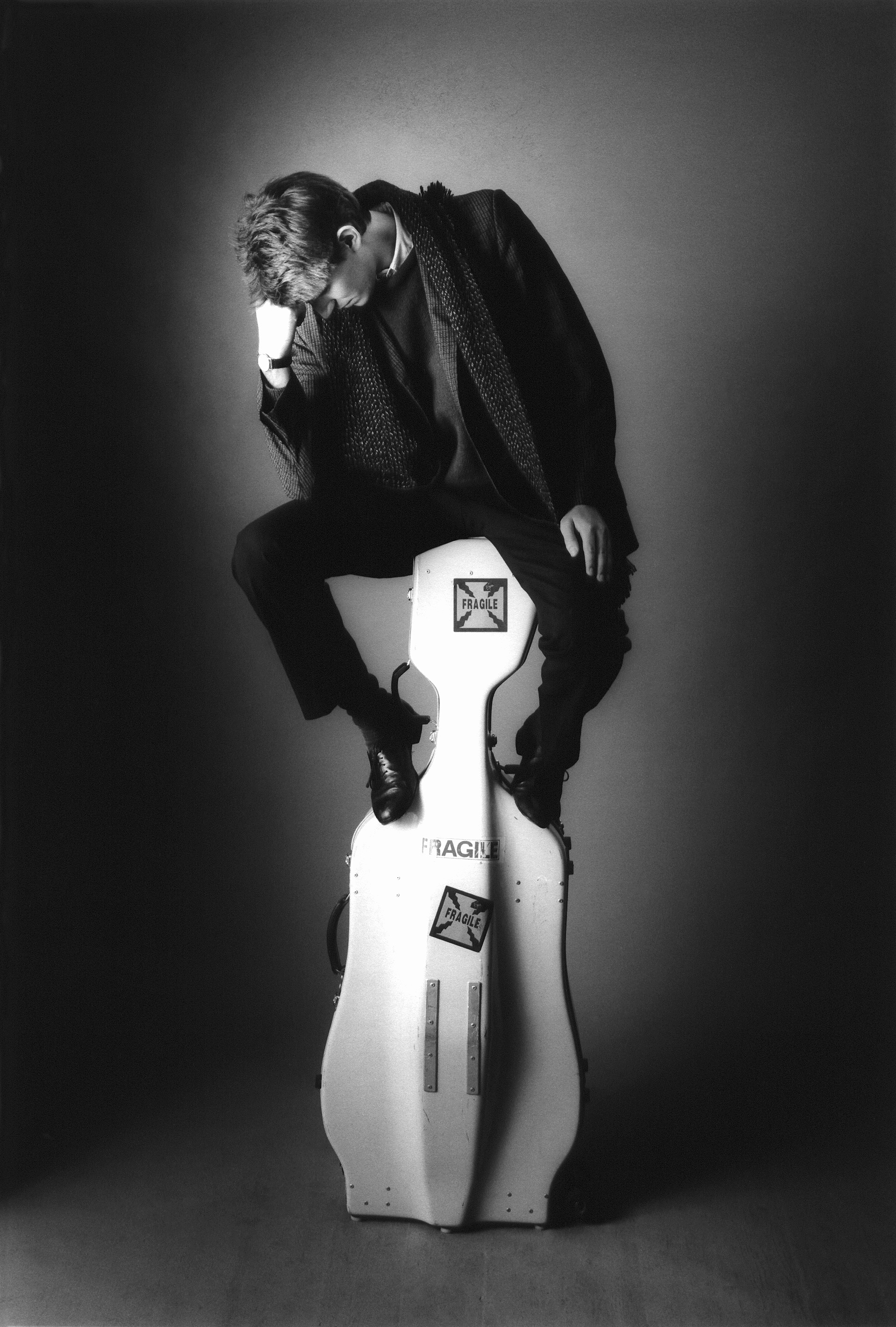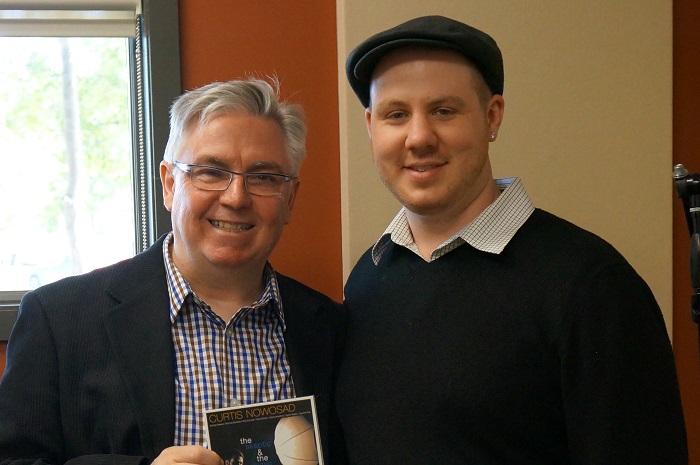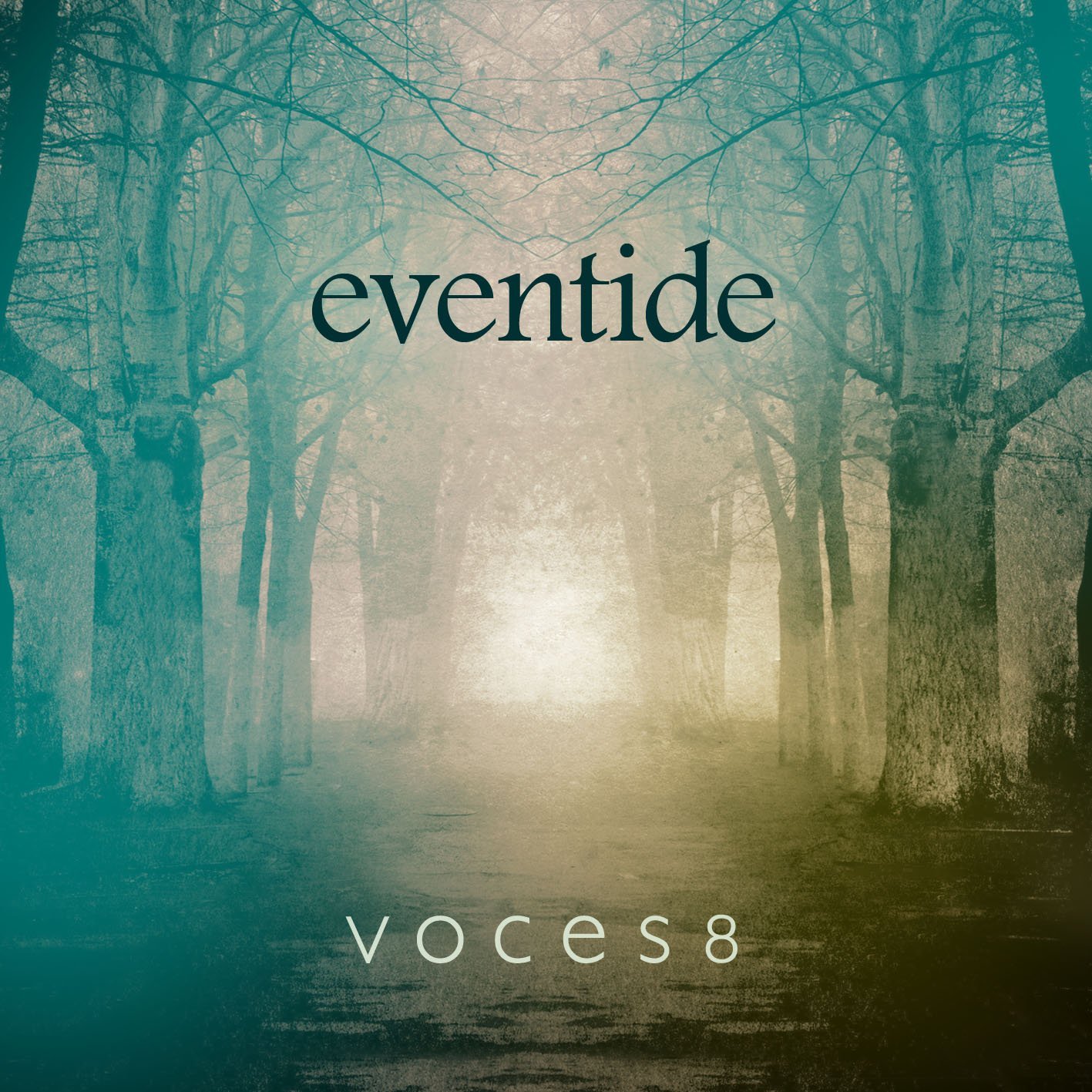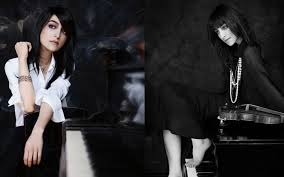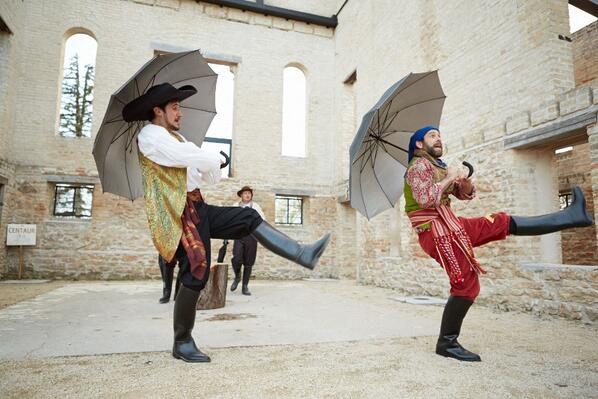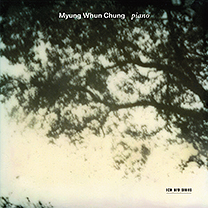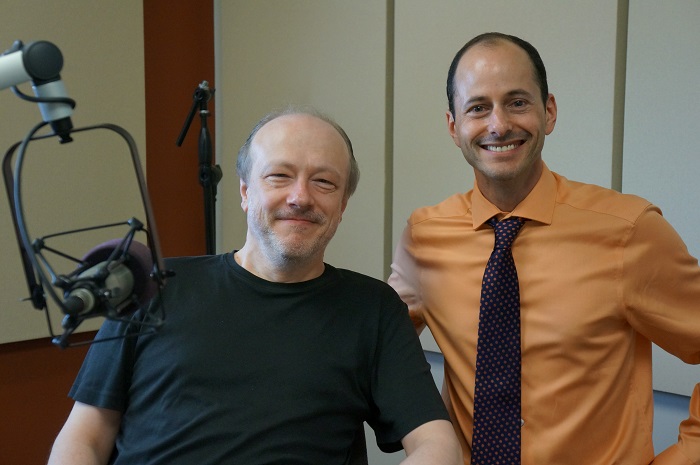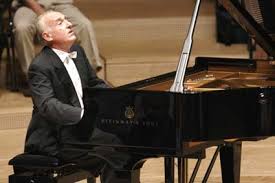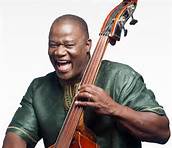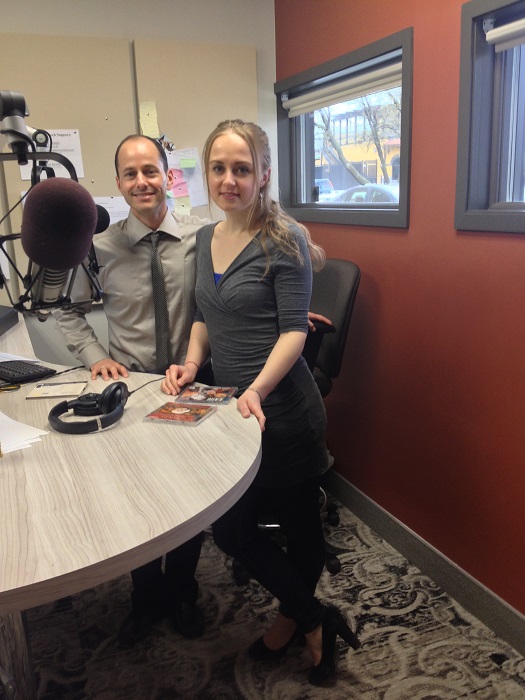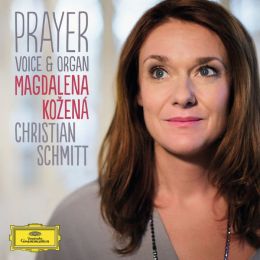Arts & Culture
Mahan Esfahani’s new Well-Tempered Clavier recording paves way for MCO debut in 2026
Mahan Esfahani on Bach, Gould, and Winnipeg debut with the MCO The Hyperion record label has released what it calls “another jewel” in its catalogue: celebrated harpsichordist Mahan Esfahani’s recording of Bach's Well-Tempered Clavier, Book I. Released on August 29, the album continues Esfahani’s ambitious project to record Bach’s complete works for harpsichord. .embed-container { position: relative; padding-bottom: 56.25%; height: 0; overflow: hidden; max-width: 100%; } .embed-container iframe, .embed-container object, .embed-container embed { position: absolute; top: 0; left: 0; width: 100%; height: 100%; } Since his London debut in 2009, the Iranian-American musician has carved out a reputation as one of classical music’s boldest figures. He moves effortlessly from Baroque repertoire to adventurous contemporary commissions, garnering awards from the BBC, Royal Philharmonic Society, and Gramophone magazine. For Winnipeg audiences, the release offers a preview of things to come. On March 11, 2026, Esfahani will make his local debut with the Manitoba Chamber Orchestra, performing both a new harpsichord concerto by Julian Grant and a Bach concerto. Falling in love with Bach Asked about his first encounter with Bach, Esfahani recalled childhood summers in Maryland and West Virginia. “I remember hearing Bach for the first time on our local, local NPR station. I had never heard anything like it. It seemed something so wholly different from the here and now. And yet it wasn't escapist. It sort of commanded that I sort of listen to it more,” he said. That summer, he bought a compilation cassette with the Third Brandenburg Concerto. “All I listened to that summer was this one movement of the Third Brandenburg Concerto. And I thought, whatever this is, I think I need to spend my life with this,” he recalled. Another cassette soon introduced him to the harpsichord. “I thought, what on earth is this instrument? Whatever this is, I gotta spend time with this,” he said. “So it was that sort of being grabbed, sort of viscerally. And I think that's what Bach has always done for me and continues to do for me, it's a very physical response.” Learning from Zuzana Růžičková Esfahani eventually studied with Zuzana Růžičková, the Czech harpsichordist who recorded all of Bach’s works for the instrument. “First of all, it took me about a year and a half to convince her to give me lessons because she was already in her late age at that point. And she said, I'm not teaching anymore. And then she said, okay, I'll give you one lesson,” he said. Their first session made an impression. “I took to her the B-flat minor, Prelude and Fugue of the Well-Tempered Clavier, book one. And we start the fugue, and she says, what are you doing? And I play it sort of very quietly and sort of very reflective. She said, this is a great Greek tragedy. You should play it like a great tragedy,” he recalled. Esfahani studied with her for seven years. “Everything was a question and the answer to every question was a question. And, you know, I call it a sort of Talmudic style of teaching. And I think what I learned from her is that if you ever think you have the answer, you haven't tried hard enough. And I guess the reason why I'm still playing is because I'm still asking these questions and I have no answers.” Bach as maximum expression When asked if his playing was more technical or emotional, Esfahani rejected the distinction. “I don't think it's one or the other, right? I think Bach is actually posing to us that, you know, science made the well-tempered scale and it's what makes this expressive, they're not separate things,” he explained. For him, counterpoint is not just mathematics but deep expression: “It saddens me that we continue with this style of Bach playing, because I think it doesn't answer the ultimate, sort of challenge of Bach, which is that actually this is all about maximum expressivity. And… it is posing ideas that are too deep for words. Like we wouldn't have music if we can verbalize everything.” Seeing The Well-Tempered Clavier as a whole Esfahani regards Bach’s first book of The Well-Tempered Clavier as a single large-scale work. “To start again with the C major prelude, [at the end of the complete book] probably there was an element of, you know, with the Goldberg Variations, you go back to the original theme, but also because I contend that… all of the preludes of the first book in their way, are variations on the first prelude. And so when you come back to the first prelude, you see what the sort of structural underpinnings of that, what that inspired,” he explained. For him, the harpsichord’s expressivity is linked to the human voice. “There's a reason why the harpsichord was used well into the 19th century to train singers. You know, there's a reason why the harpsichord always had a place in the opera house, because it is a fundamentally vocal instrument. It's not in spite of the harpsichord that vocality happens. It's because of the harpsichord that vocality happens.” Looking ahead to Winnipeg Esfahani will appear with the Manitoba Chamber Orchestra on March 11, 2026, performing a new concerto by Julian Grant alongside Bach. “Actually, I have to text Julian tonight to ask him a couple of things. But I'm feeling pretty, pretty hunky dory about this piece,” he said with a smile. “Julian Grant, of course, also a great opera composer… he's written quite a challenging work for the harpsichord. And I think that what I appreciate about him is that like Bach or any composer, he is always discovering new colors. And I think it'll be a very colorful evening.” With his latest Hyperion release of The Well-Tempered Clavier, Book I, Mahan Esfahani reaffirms his place as one of today’s most daring and insightful interpreters of Bach. It’s a recording that captures both the intellectual depth and emotional immediacy of the music, setting the stage for his eagerly anticipated debut with the Manitoba Chamber Orchestra in March 2026. Winnipeg audiences will not only hear a master harpsichordist at the height of his artistry, but also witness the spirit of Bach brought vividly to life in a way that is at once timeless and thrillingly new.







